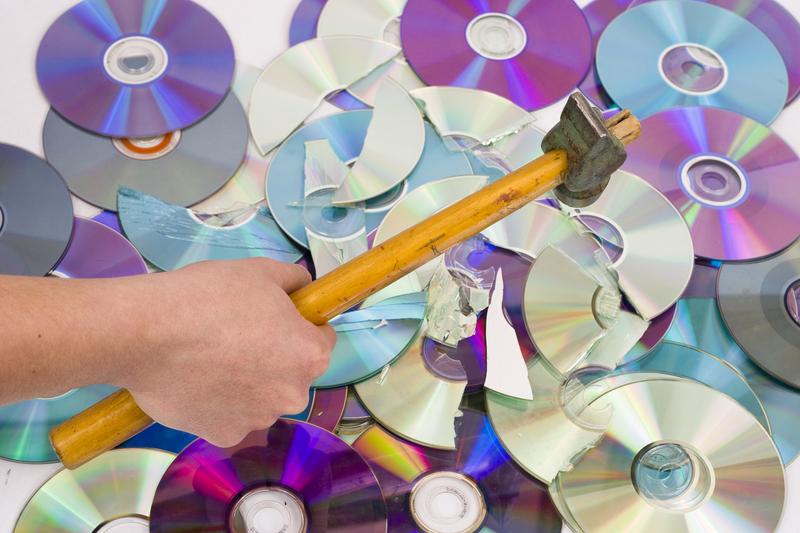Redefine Recycling: Smarter Pathways for Smartphones
In this modern era marked by rapid technological advancement, the issue of smartphone waste has become an overwhelming concern. With millions of devices being discarded annually, the demand for more efficient and effective recycling pathways is evident. This article explores innovative and smarter approaches to mobile device recycling, shedding light on how these methods not only benefit the environment but also create economic opportunities.
Understanding the E-Waste Crisis
Before diving into advanced recycling methods, it's crucial to understand the magnitude of the e-waste problem. Electronic waste, or e-waste, accounts for a significant portion of the toxic waste produced globally. As smartphones become obsolete more quickly due to trends and technological advancements, the volume of discarded devices is expected to increase exponentially.
The Environmental Impact of Smartphone Waste
- Hazardous Materials: Smartphones contain materials like lead, mercury, and cadmium, which are harmful to the environment.
- Non-biodegradable Components: Many components of smartphones are non-biodegradable, leading to long-lasting waste.
- Greenhouse Gas Emissions: The production and improper disposal of smartphones contribute to carbon emissions.
Tackling the smartphone waste crisis requires innovative recycling pathways that redefine current practices.

Smarter Recycling Methods
Circular Economy in Smartphone Use
The concept of a circular economy focuses on designing products for longevity, reuse, and recycling. In the context of smartphones, this means developing devices that can be easily dismantled and repurposed.
Key Benefits of a Circular Economy:- Reduces the need for raw materials, thus preserving natural resources.
- Decreases energy consumption by reusing existing materials.
- Lower environmental footprint due to less waste generation.
Innovative Technology in Recycling Processes
Advancements in recycling technology are paving the way for more effective smartphone recycling.
- Robotic Disassemblers: Robots are being developed to efficiently dismantle smartphones, separating components for recycling without damaging the materials.
- AI Sorting Systems: Artificial intelligence helps in sorting different materials, improving the precision and efficiency of recycling processes.
- Nanotechnology: This is being explored to extract precious metals from old devices, providing a more sustainable method of recycling.
Role of Manufacturers and Consumers
Manufacturers Leading the Change
Manufacturers have a crucial role in revolutionizing smartphone recycling. By adopting sustainable practices, they can significantly reduce the e-waste issue.
Strategies for Manufacturers:- Designing products that are easier to recycle and repair.
- Implementing take-back programs to encourage recycling of old devices.
- Incorporating more recycled materials into new devices.
Consumer Responsibility and Awareness
Consumers play a vital role in the lifecycle of smartphones. Increased awareness and responsible actions can lead to significant changes in recycling habits.
- Educating the public about the impacts of e-waste and encouraging participation in recycling programs.
- Promoting the purchase of refurbished devices to extend product lifecycles.
- Supporting brands that are committed to sustainability and green practices.

Innovative Collaborations and Partnerships
Collaborative efforts among governments, manufacturers, and non-profit organizations are essential for promoting effective recycling strategies.
- Establishing joint ventures to develop and implement robust recycling technologies.
- Creating comprehensive policies that incentivize sustainable manufacturing and recycling practices.
- Supporting research and development to explore new recycling avenues.
The Future of Smarter Smartphone Recycling
As we move towards a more sustainable future, the necessity for smarter recycling pathways becomes imperative. The innovations in technology and collaborative efforts hold promise for reducing smartphone waste and mitigating environmental impact.
Integrating these smarter recycling pathways not only helps in reducing e-waste but also contributes to a more sustainable economy. By embracing these changes, we can redefine how smartphones are recycled and create a healthier planet for future generations.
In conclusion, redefining smartphone recycling involves a comprehensive approach that includes technological innovations, responsible manufacturing, consumer responsibility, and effective collaborations. With these efforts combined, we can achieve a significant positive impact on both the environment and the economy.